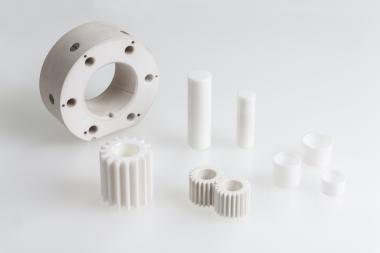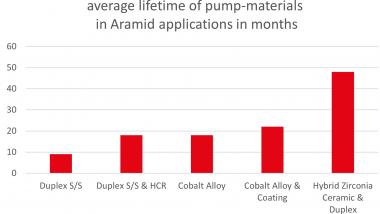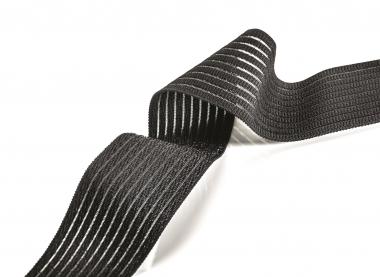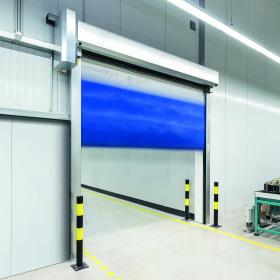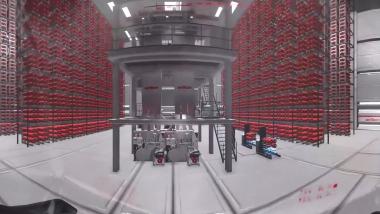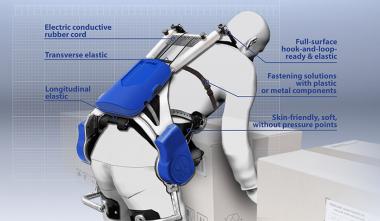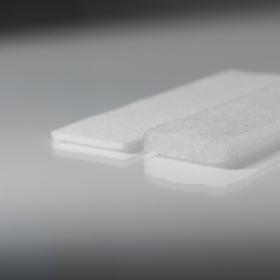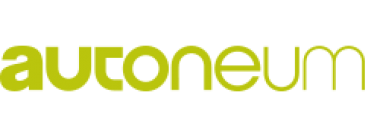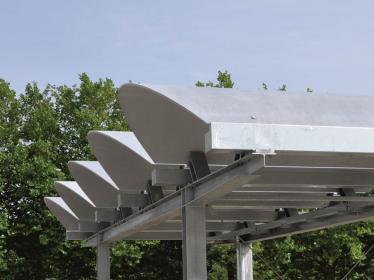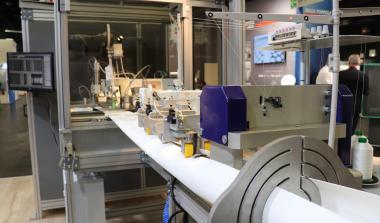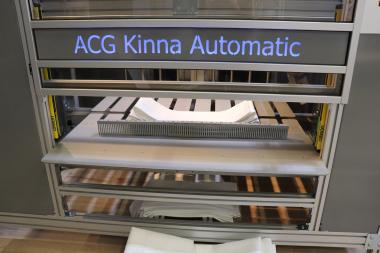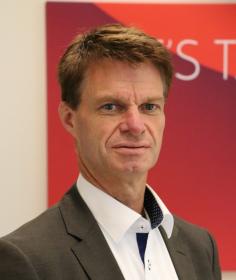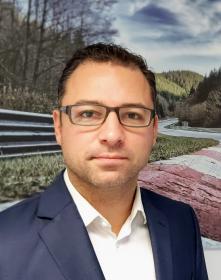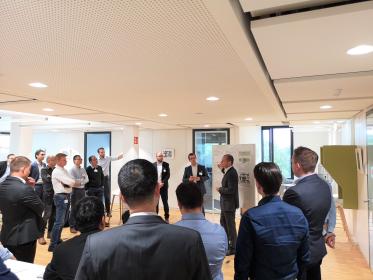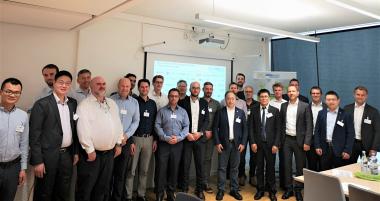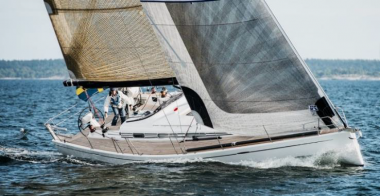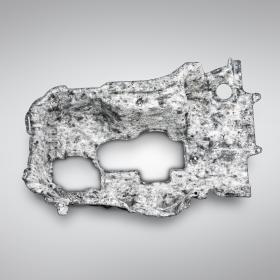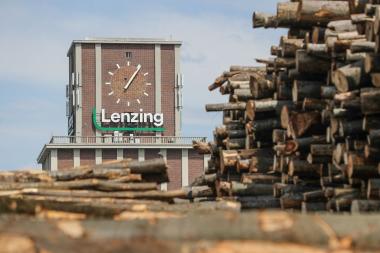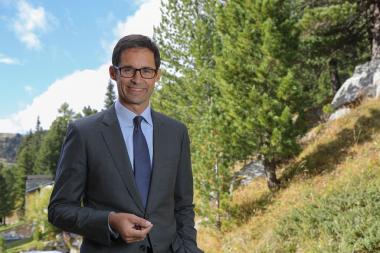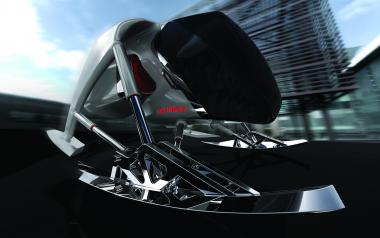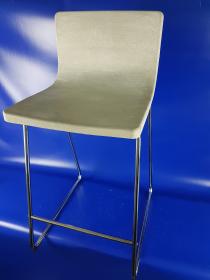Oerlikon: Robust pumps for sophisticated special fibers
At first glance, rowing boats, the Airbus 380, safety equipment and stadium roofing have very little on common. They receive their specific properties as a result of the use of special fibers, among other things: aramid fibers and carbon fibers are processed into special yarns that are frequently deployed as compound materials. These fibers are growing in demand as the world seeks to reduce its reliance on fossil fuels; new solutions are required to reduce weight and replace heavy metallic parts.
Aramid fibers are produced in a highly-chemical process that is extremely aggressive; the acrylic precursor used to manufacture carbon fibers is a different process, but again no less difficult. In these sophisticated processes, the gear metering pumps are not only responsible for the high-precision control of the melt transport; durability, resistance within aggressive environments and cost efficiency also play decisive roles.
Special materials for special tasks
The process, the expected pump lifespan and the maintenance frequency are the decisive factors for choosing the materials from which the pumps and their components are manufactured. For optimum results, Oerlikon Barmag offers solutions that intelligently combine the various materials and the latest technologies. Whether in the case of surfaces with ceramic coatings, gears and shafts featuring DLC coatings, pumps made from cobalt alloys (StelliteTM) or robust and durable Oerlikon Barmag hybrid constructions comprising zirconium oxide ceramic and duplex stainless steel – the high-precision ZP- and GM-series pumps are design-optimized depending on the intended use. Various seal systems and customized drive concepts round off the pump program.


